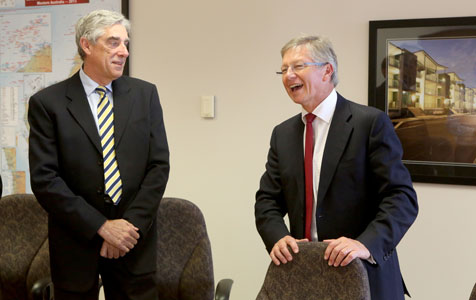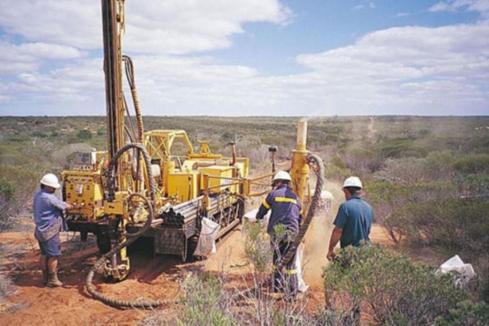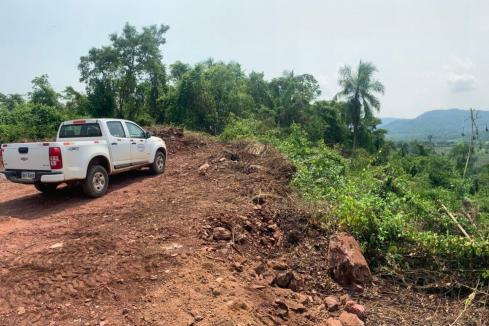

Pluton Resources and Gunson Resources have become the first companies to benefit from the state government’s new mining rehabilitation scheme, which replaces project-specific environmental bonds with a new fund.
Mines and Petroleum Minister Bill Marmion said the government had already returned around $20 million in environmental bonds to operators, and predicted that more than $1 billion would be returned over the next 12 months.
Pluton and Gunson were the first companies processed to join the fidelity fund, with Pluton set to recover $19 million from its environmental bonds.
“These two companies were among 396 companies which registered before the MRF opt-in period started on July 1 and were able to calculate their contributions and opt-in to the fund very quickly,” Mr Marmion said.
Mr Marmion said eight companies have opted-in since Monday, and contributed almost $218,000 to the fund. A further 28 companies are also being processed.
“This has been an excellent response by industry to the Mining Rehabilitation Fund,” the minister said.
The fund is part of the state government’s attempts to make mining in WA more competitive.
Mr Marmion said the return of bonds would particularly help small to medium mining companies that were hurting in the current market.
Gunson Resources, managing director, David Harley agreed, describing how the return of the $1.2 million bond was critical to the company’s future.
“If we didn’t get this we would be in deep trouble,” he said.
The department expects the MFR to raise $40 million a year for seven years at which point the fund is expected to be valued at between $300 million and $500 million.
Once the MFR reaches that point tenant holders will no longer be required to make annual payments.
Under the MRF tenement holders will submit data to the Department of Mines and Petroleum online on an annual basis, declaring the number of hectares disturbed and the type of disturbance.
The department will then use this data to calculate a levy the tenement holder will pay with contributions staring at 1 per cent of the rehabilitation liability estimate per year
It replaces the old system which required tenement holders to fund bonds as security that they would fulfil their environmental obligations once mining was complete.
A drawback of the old system was that it that restricted the use of bond money to the particular mine for which the security was held, with funds incapable of being used on rehabilitation of other projects.
The MRF will instead see the fund collected into a single pool that can be used to fund the rehabilitation of any mine in the state, with interest on the fund to be spent on the rehabilitation of abandoned mines.
The department anticipates that the annual calculations of the levy will encourage tenement holders to progressive rehabilitate throughout the life of the mine.
From July 1 onwards tenement holders have been able to voluntarily opt in to the MRF before it becomes mandatory from July next year.
To date the MRF has attracted almost 400 tenement holders to register.








